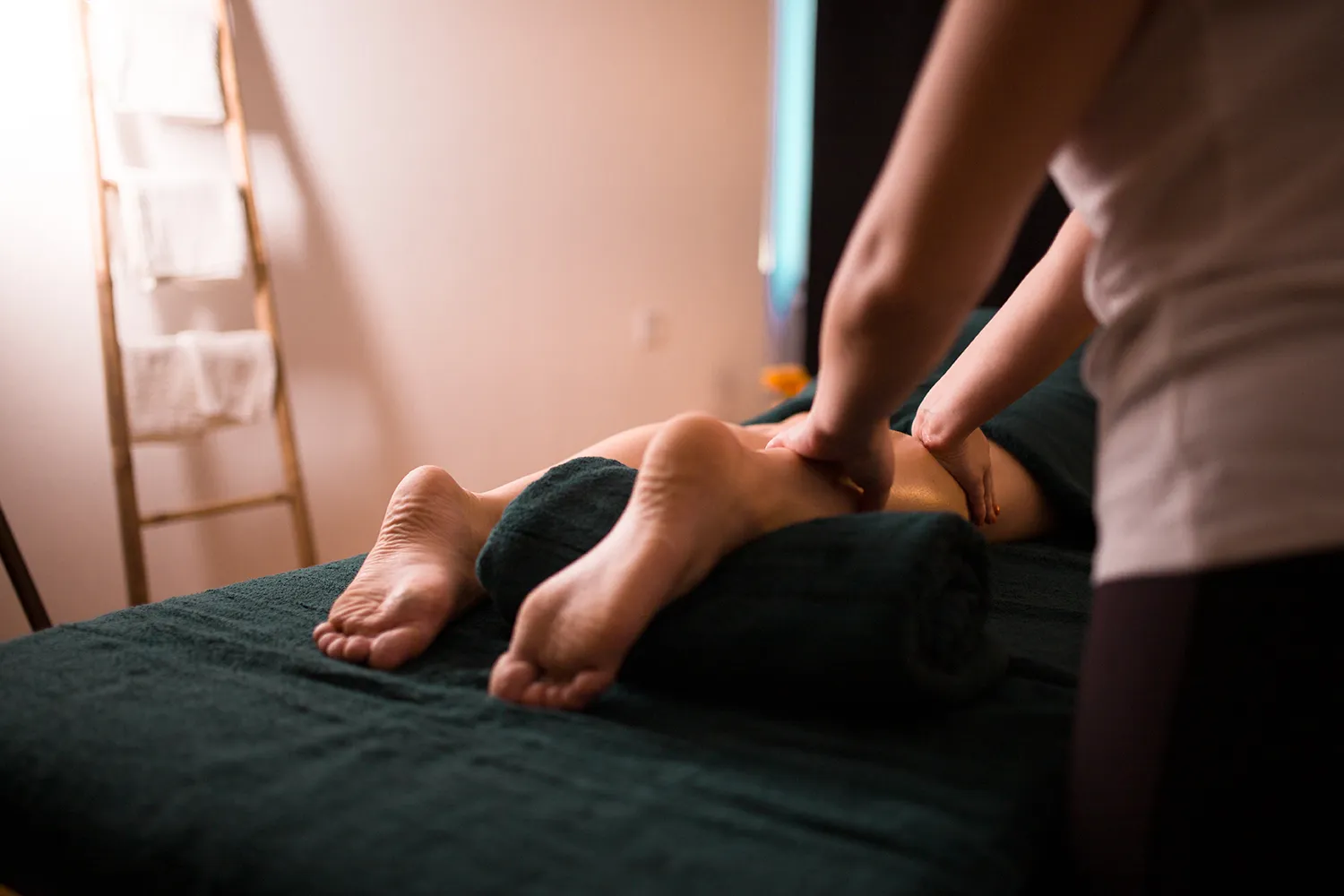Founder Joanne Elphinston describes the goal of Neuromuscular Training (as it applies within the context of the JEMS movement system) as “to enable people of all backgrounds, ages and levels of physical ability to learn the art of working with their body instead of against it, to have confidence in their bodies and to reclaim and enjoy the activities that matter most to them.”
Neuromuscular training is much more than simply being about training strength. It is about enabling the right muscles to switch on at the right time and the right muscles to switch off. It is about exploring movement possibilities rather than accepting limitations. The JEMS approach heavily informs neuromuscular training as practiced by Chris Gauntlett. As JEMS founder Joanne Elphinston described, “JEMS is the art and science of moving beautifully.” To find out more about JEMS, click here.
Key features of JEMS neuromuscular training include:
- Structural Alignment
- Integrated Movement
- Accessing Elastic Potential
- Functional Force Management
